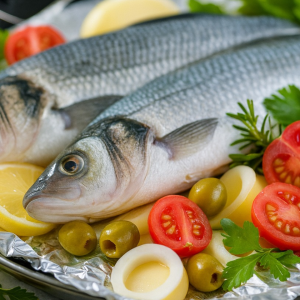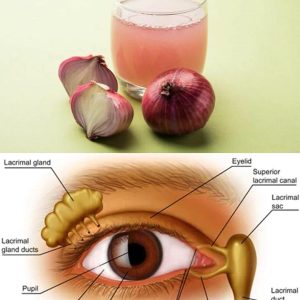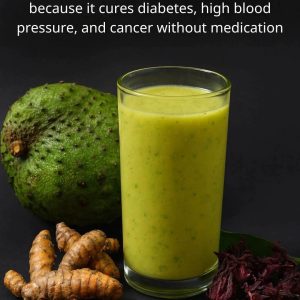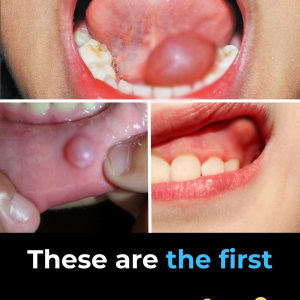
Eating fresh, crunchy vegetables is one of the best habits for maintaining good health. However, many people are unaware that some vegetables can contain microorganisms or parasites if they are not properly washed before being eaten raw.
This doesn’t mean we should stop eating them, but rather that we must handle them safely. Below are the vegetables with the highest risk and how to prevent any issues.
1. Lettuce
Lettuce is one of the most commonly eaten raw vegetables, but it is also one of the most exposed to contamination.
Since it grows close to the ground and traps moisture between its leaves, it can accumulate microscopic parasite eggs, bacteria, or traces of soil.
How to avoid it:
Wash each leaf thoroughly under running water, let them sit for a few minutes in a solution of vinegar or lemon juice, and dry them before storing.
2. Spinach
Raw spinach is an excellent source of iron and antioxidants, but its textured surface makes it easy for soil residues or intestinal microorganisms to cling to it.
How to prevent risks:
Soak the leaves in water with one tablespoon of vinegar per liter for 10 minutes, then rinse well. If you prefer, you can lightly steam the spinach—it retains most of its nutrients while eliminating any risk.
3. Cucumber
Although it seems harmless, cucumbers can carry soil residue or contaminants if not disinfected properly before slicing.
Even the skin, if not cleaned well, can transfer bacteria or microscopic eggs to the inside when you cut it with a knife.
Recommendation:
Wash it with water and a soft brush before peeling or slicing. If you plan to eat it with the skin, disinfect it with a mixture of water and vinegar.

4. Carrot
Carrots grow entirely underground, making them prone to containing microorganisms if not cleaned properly.
Some people eat them raw without peeling, which increases the risk of ingesting unwanted residues.
How to wash it correctly:
Scrub the surface under running water, peel it, and if you plan to eat it raw, soak it for a few minutes in water with lemon or vinegar.
Final Tips for Eating Raw Vegetables Safely
- Use safe or filtered water to wash your vegetables.
- Do not soak them for more than 15 minutes to avoid nutrient loss.
- Wash your hands before and after handling raw foods.
- If you buy from markets or direct farms, make sure the products are not in contact with soil or animals.
Three Simple Steps to Eliminate Parasites from Vegetables
1. Rinse Under Running Water
Place whole vegetables under a stream of cold running water for about 30 seconds. This helps remove dirt, dust, and up to 80% of surface residues.
2. Soak with Vinegar and Salt
In a container with one liter of water, add 2 tablespoons of salt and half a cup of white vinegar or lemon juice.
Let the vegetables soak for 10–15 minutes. This creates a slightly acidic environment that helps dislodge parasites.
3. Apply Heat (if cooking them)
- Leafy vegetables: blanch in boiling water for 10 seconds.
- Roots and stems: steam or boil for at least 3 minutes.
Parasites die at temperatures above 60°C (140°F), but avoid overcooking to preserve nutrients.

Who Should Be Especially Careful?
- Pregnant women: due to lower immunity, they should cook vegetables before consuming them.
- Young children: their digestive systems are still developing, so focus on fresh, well-washed, in-season produce.
- People with allergies or weak immune systems: should avoid raw vegetables with contamination risk.
Conclusion
Vegetables are essential to a healthy diet, but they must be washed properly.
It’s not about avoiding raw vegetables—it’s about being aware of the necessary precautions to protect your health and your family’s.
With proper washing and good hygiene, you can enjoy all their benefits without worrying about parasites or bacteria.
Disclaimer
The information shared here is for informational purposes and does not replace medical advice. If you experience symptoms or have concerns about food contamination, consult a healthcare professional.




